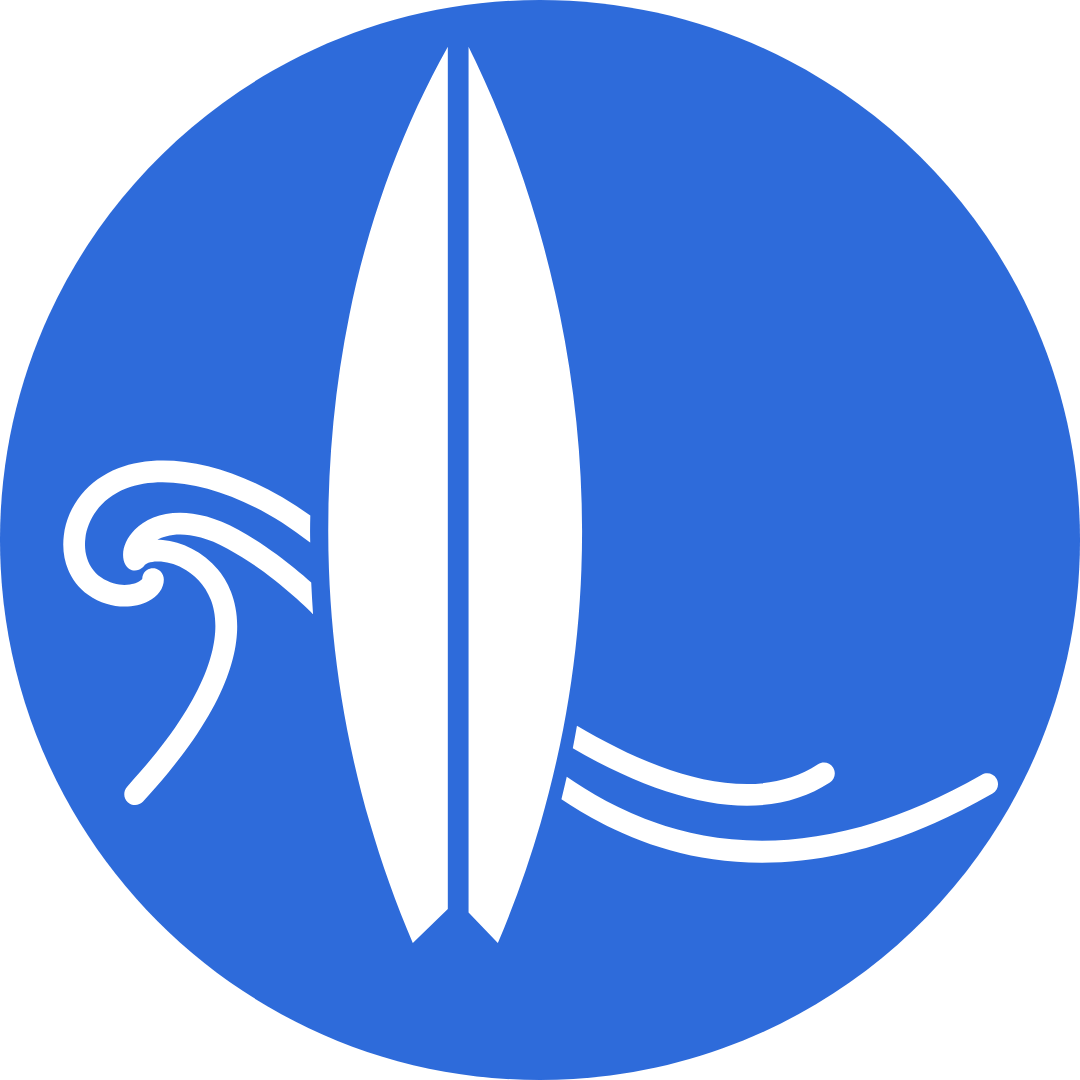Posted by Rick Civelli | 05.24.2011 | WB Surf Camp News
Barrier Islands: Evolution and Formation
 Barrier islands are formed over thousands of years in which geological processes involving the melting and formation of glaciers cause a rise and fall of the sea level. Found on coastlines all over the world, they are especially noticeable along the eastern coast of North America. Because they are fragile ecosystems, they are an important aspect of coastal geology and ecology. Barrier islands are located parallel to the mainland, separated by estuaries, bays, sounds, and lagoons. By providing protection to the mainland from the force of ocean waves, winds, storms, and hurricanes, the dynamic environments they create constantly shift and change over time. The sand supply, wind direction, wave energy, and tidal fluctuations then drive and shape their formations as they roll backwards over themselves.
Barrier islands are formed over thousands of years in which geological processes involving the melting and formation of glaciers cause a rise and fall of the sea level. Found on coastlines all over the world, they are especially noticeable along the eastern coast of North America. Because they are fragile ecosystems, they are an important aspect of coastal geology and ecology. Barrier islands are located parallel to the mainland, separated by estuaries, bays, sounds, and lagoons. By providing protection to the mainland from the force of ocean waves, winds, storms, and hurricanes, the dynamic environments they create constantly shift and change over time. The sand supply, wind direction, wave energy, and tidal fluctuations then drive and shape their formations as they roll backwards over themselves.
Typically found in long chains running along the coast, barrier island are separated from each other by tidal inlets. In order for barrier islands to form, several conditions must be met. First, there must be a source of sand or sediment to build the island. This sand may come from coastal deposits or offshore deposits (called shoals). Sediment originates from the weathering and erosion of rock, which gets carried to the coast by rivers. In the United States, much of the sand composing barrier islands along Florida and the East Coast came from the Appalachian Mountains.
Barrier Islands are flexible and must remain in a constant state of change to survive. A complex system known as sand sharing is what allows barrier islands to remain in existence. Each island is dependent its neighboring island. Once sediment is deposited into the ocean, it’s picked up by the longshore currents and moved along the length of the islands. The waves then push and pull the sand to and from the beach. When one island looses sand, the neighboring island will gain sand. Depending on the geographic location of the island chain and the dominant currents offshore (ie. the Gulf Stream or Labrador Current), one end of an island will generally collect more sand than the other.
Once a barrier island has formed, the action of waves, tidal currents, winds, and storms cause drastic changes to its shape and size. By understanding these factors we can observe and compare the coastline from year to year.
Waves– Wave action continually deposits and removes sediment from the ocean side of the island. Sometimes large storm surges will wash completely over an island through lower dips in the sand dunes, carrying sediment to the backside of the island. This is called over wash.
Tides and Currents– Tides move sediment into the salt marshes and eventually fill them in. Therefore, the sound sides of barrier islands tend to build up as the ocean side erodes. Humans attempt to influence beach formation by dredging sand from outlying areas, such as boat channels and inlets, and depositing it along the beachfront. This processes is known as beach nourishment and only serves as a temporary solution before erosion takes place again.
Winds– Winds blow sediment from the beaches to help form dunes and into the marshes, which contributes to their build-up. The dune environment continues to grow as vegetation takes root, trapping more sand, eventually creating higher dunes that offer excellent protection to inland areas. Dunes also serve as a habitat for birds, small mammals, reptiles, and other wildlife.
Storms– Hurricanes and other large storms have the most dramatic effects on barrier islands by causing extensive overwash areas, eroding beaches, filling in inlets, and carving out new inlets into existing islands. The intense currents, winds, and waves of a big storm can reshape a barrier island overnight.







 RENTALS
RENTALS LESSON
LESSON CAMPS
CAMPS ABOUT
ABOUT SHOP
SHOP